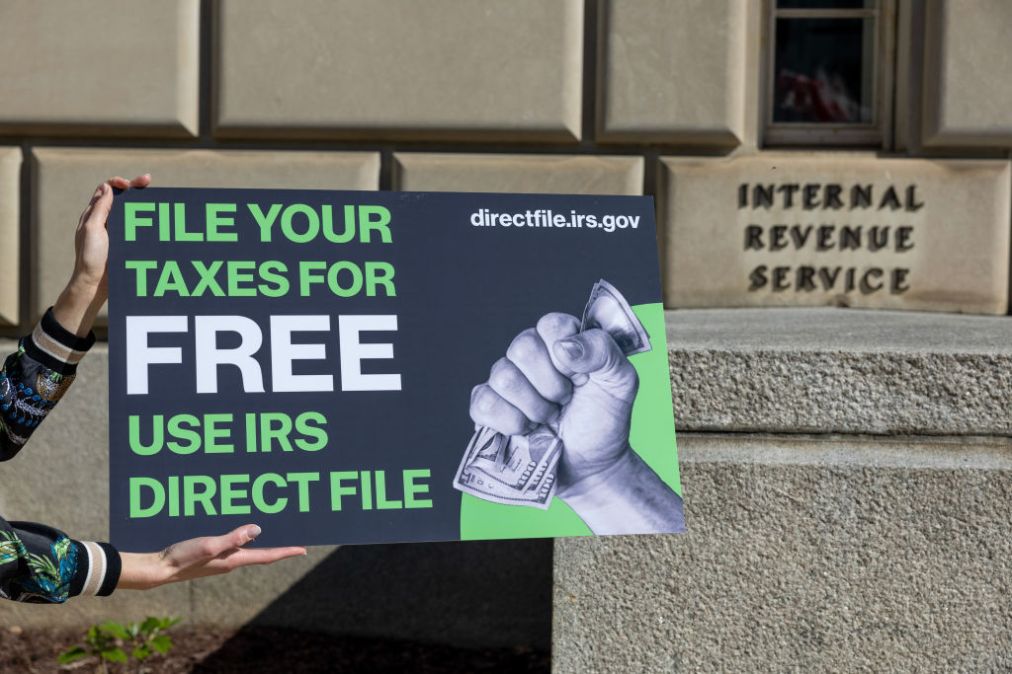IRS touts Direct File usage, while mulling the future of the program

More than 140,000 taxpayers across 12 states used the IRS’s Direct File system this filing season, claiming more than $90 million in refunds and reporting $35 million in balances due, the tax agency said Friday. The future of the program, however, hasn’t yet been determined.
The IRS said that the pilot — which allowed for taxpayers in Arizona, California, Florida, Massachusetts, Nevada, New Hampshire, New York, South Dakota, Tennessee, Texas, Washington and Wyoming to electronically file their federal returns in 2024 directly with the agency at no cost — “started out small” and picked up “steadily increasing interest” from filers in those 12 states.
“From the very beginning of the Direct File pilot, we wanted to test new ways to give taxpayers an easy, accurate and free way to file their taxes online directly with the IRS,” Commissioner Danny Werfel said in a statement. “We saw a strong response from the pilot, and Direct File’s users generally found it fast and easy to use. This is an important part of our effort to meet taxpayers where they are, give them options to interact with the IRS in ways that work for them and help them meet their tax obligations as easily and quickly as possible.”
Werfel added that the agency will now review results from the pilot, take in feedback and make a decision on Direct File, with the expectation of “an announcement about future plans later this spring.”
“We will consult a wide variety of stakeholders to understand how lessons from Direct File can help us improve the entire tax system as well as assess next steps,” Werfel said.
The IRS said usage of Direct File surpassed expectations and “far exceeded what was necessary to provide sufficient data for the agency to evaluate.” The pilot program ran as the agency embarked on broader IT and customer service modernization initiatives fueled in part by billions in Inflation Reduction Act funds.
The IRS’s decision to develop a free tax filing tool represents a major challenge to the highly lucrative tax preparation industry. The development of a free tax filing tool — something most taxpayers have access to in developed countries — could eat into the revenues of firms like H&R Block and Intuit, the maker of TurboTax.
In a statement Friday, an Intuit spokesperson questioned some of the statistics cited by the IRS in its Direct File statement.
“IRS claims of $90 million in refunds to Direct File filers acknowledges that those that filed their taxes with Direct File potentially received average refunds of around $640 which is thousands of dollars lower than the IRS’s own data showing the nation’s average refund is around $3,000,” Intuit spokesperson Rick Heineman said. “This means filers using Direct File not only paid for an already free service with their tax dollars but on average also got a substantially smaller refund.”
The IRS said in its press release that the total amount spent by the agency on Direct File was $24.6 million, a figure that Heineman said was “clearly low, inaccurate, and the IRS even acknowledges conveniently leaving out necessary costs to build and run the pilot.”
A Government Accountability Office report issued earlier this month found that the IRS’s budget estimates for Direct File didn’t include start-up costs for the technology behind the system. The congressional watchdog said the IRS would need “a comprehensive accounting” of Direct File’s costs if the agency decided to extend the program beyond 2024.
This story was updated April 26, 2024, with comments from an Intuit spokesperson.



